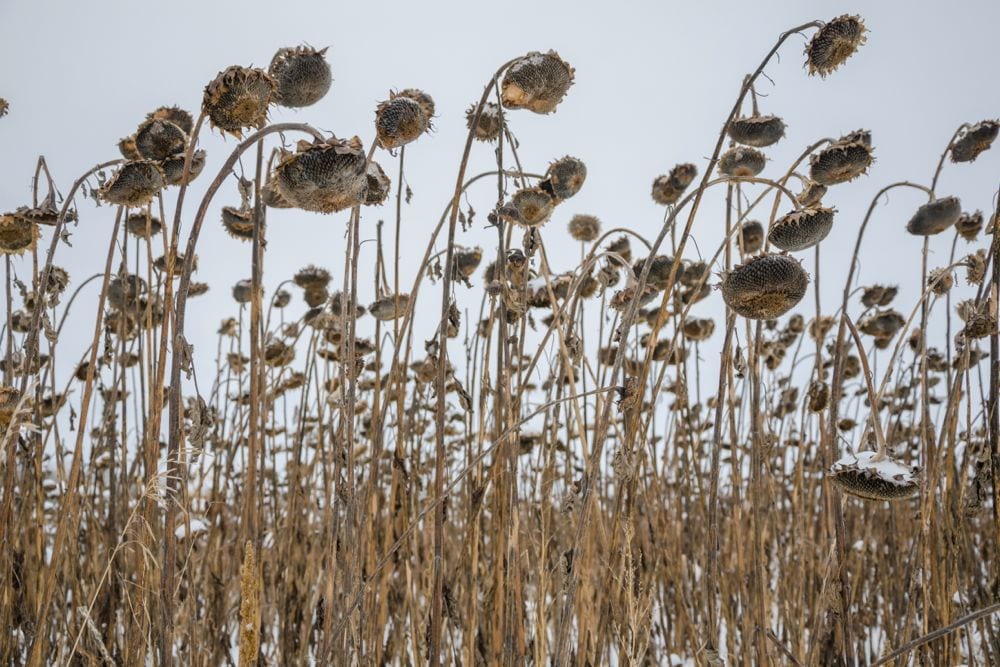I didn’t want to believe the weather models when they were showing the possibility of -45 to -50 C across Alberta and parts of Saskatchewan, so I downplayed it a little in the last forecast. I should have believed the models.
The only part that did not play out quite as expected–but it is to be expected–is that it’s taking longer than expected for the cold air to move out. Whenever really cold air moves in, it is often difficult to push it out and this recent cold snap is proof of that. I guess the one thing we can say is that we are now officially in the heart of winter. The big question is whether we will see further bone chilling cold snaps a return to the mild weather we saw in November and December.
Read Also

Prairie forecast: Warm start, then cooler
Prairie forecast calls for warm temperatures to give way to cooler, wetter weather week of Oct. 22-29.
For this forecast period it looks like it’ll simply be winter–not bone chilling cold, but not springtime warm. The general pattern that appears to be developing across the prairies is showing warm air trying to push northeastwards out of the western U.S., but with a northwesterly flow across the prairies, it looks like there will be a parade of cold, arctic high-pressure systems dropping southeastwards every few of days. The question is, just how far north will the warm air push, or for far south will the arctic air push?
Currently the forecasted tracks for the arctic highs look to keep the coldest air in an area stretching from northern Alberta southeastwards into central Manitoba. With arctic high pressure dominating our weather, we can expect below average temperatures to start and a possible warming trend late in the forecast period. There is the odd chance of snow but very low probability of seeing any significant snow fall.
Alberta
This forecast period starts off with clear to partly cloudy skies across most regions along with a continuation of below average temperatures. Expect daytime highs to be in the -15 to -20 C range with overnight lows falling to around -25 C. Extreme southwestern regions will be dealing with clouds and snowfall from an area of low pressure skirting by to the south on Wednesday. Some regions could see significant snowfall from this system as the energy pumps up against the cold air that remains in place across the province.
These below average temperatures will continue into the weekend as arctic high pressure settles into the region. Milder air looks as if it will begin to push northwards late in the weekend and into the early part of next week. The weather models are forecasting daytime highs to warm into the -5 to -10 C range with overnight lows falling to around -15 C. Far northern regions we be 5 to 10 C colder as arctic high-pressure slide through these region as they work their way southeast out of the Yukon.
Saskatchewan and Manitoba
I am combining the forecasts for these regions as cold and dry best sums up the forecast. This forecast period starts off with arctic high-pressure building in bringing with it clear to partly cloudy skies and a continuation of below average temperatures. Expect daytime highs to be in the -17 to -20 C range with overnight lows falling to around -26 C. Areas that experience cloud cover with see overnight lows about 5 C warmer.
This first area of arctic high-pressure will move off to the south by Friday. This will allow a return flow of slightly milder air to develop over the weekend. Daytime highs are forecasted to warm into the -10 to -15 C range with overnight lows falling to around -20 C. Southerly winds on the back side of the high may bring windy conditions to southern Manitoba on Saturday or Sunday making it feel colder than it will likely be.
A second area of arctic high-pressure is forecasted to drop southeastward out of the Yukon early next week. The current forecasted track should keep the coldest air to the north of the agricultural regions of both Saskatchewan and Manitoba, but there will still be a bit of a drop in temperatures with daytime highs dropping back down into the -14 to -18 C range and overnight lows falling to around -24 C. With arctic high pressure dominating, little to no snow is expected during this forecast period.
As the battle between the warm and cold air unfolds over the next few days and things hopefully become clearer, I will keep an eye on the forecast and post an update if needed.











